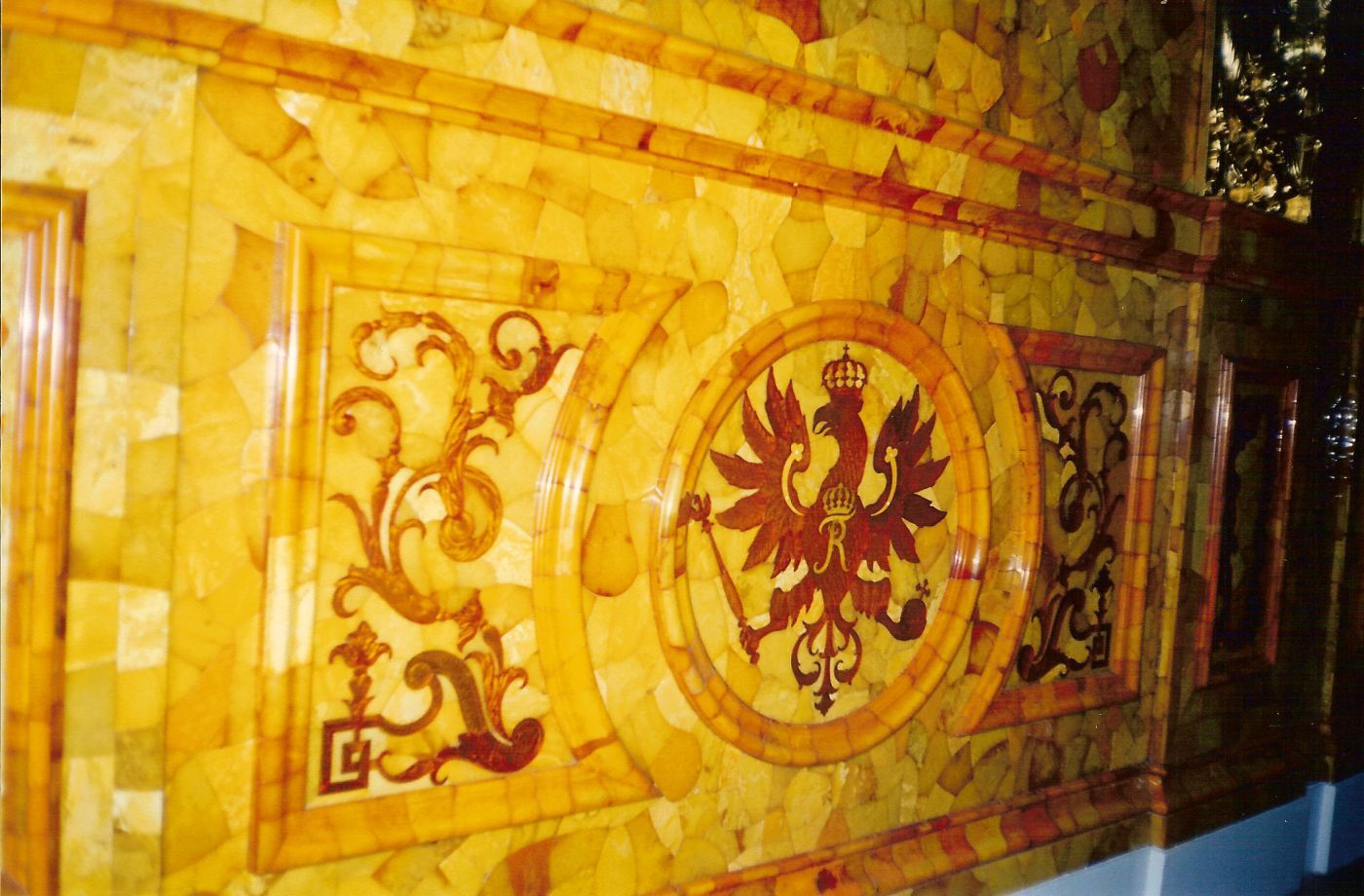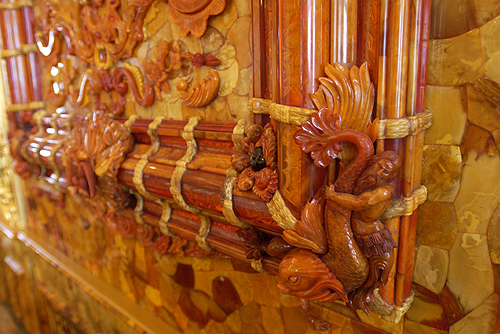The Amber Room: Are We Close to Finding The Eighth Wonder of the World?
Published by Audrey Floyd on 08/14/25

Since 1941, a mystery has lingered that continues to captivate treasure hunters and historians alike.
The Amber Room, an 18th-century masterpiece of gold, amber, and craftsmanship, vanished without a trace during the chaos of World War II. For more than eight decades, its fate has remained one of the greatest unsolved puzzles of our time.
Some call it the “Eighth Wonder of the World.” Others call it the ultimate prize in treasure hunting. Either way, its story reads like a legend — and today, that legend may be closer to resolution than ever before.
At Kellyco, stories like this are more than history lessons — they’re a reminder that with the right gear and technology, today’s detectorists can be part of uncovering the world’s greatest mysteries.
A Room Built for Royalty
The Amber Room began life in early 18th-century Prussia, a dazzling chamber designed to impress Europe’s elite. Walls lined with six tonnes of radiant amber, gold leaf detailing, and intricate carvings made it unlike anything else in the world.
Eventually gifted to Russia’s Peter the Great, it was installed at the Catherine Palace near St. Petersburg — where it became a symbol of wealth, artistry, and imperial power, according to Notes From Poland.
A Vanishing Act in the Fog of War
In 1941, Nazi forces invaded the Soviet Union. German soldiers dismantled the Amber Room piece by piece, transporting it to the port city of Königsberg (today’s Kaliningrad).
And then… it disappeared.
Theories about its fate have circulated ever since:
- Destroyed in Allied bombings of Königsberg.
- Lost at sea aboard the steamer Karlsruhe, sunk by Soviet aircraft in 1945 — a wreck now documented by Archmdmag.
- Hidden in a secret bunker or sealed tunnel — possibly alongside the fabled Nazi “gold train.”
The Many Hunts for a Legend
In the decades since WWII, governments, militaries, and private explorers have searched relentlessly.
One of the biggest surges in interest came between 2015 and 2018, when ground-penetrating radar (GPR) scans near Wałbrzych suggested the presence of a buried Nazi train. A Polish deputy culture minister even claimed he was “99% convinced” — until further investigation revealed the anomaly was simply a natural rock formation.
The Amber Room remained hidden, but that false alarm proved something important: the technology is powerful enough to detect what human eyes cannot see. And as it improves, so does our ability to peel back layers of history without disturbing the ground.

2025: Technology Meets Tenacity
Now, the hunt is back on — with better tools and sharper focus.
Polish authorities have granted permission for archaeological surveys and drilling in the Dziemiany region of northern Poland, a location long rumored to hide wartime secrets (Euro Weekly News).
Leading the charge is American treasure hunter Jan Delingowski, who’s spent a decade following clues, including alleged deathbed testimony from Nazi official Erich Koch, as detailed by The US Sun. Koch reportedly described a hidden bunker “on a hill near a lake” at a former SS training site.
This time, modern GPR is being used alongside traditional archaeology. The scans help pinpoint underground anomalies. Just like metal detectors reveal what’s hidden beneath the surface, ground-penetrating radar offers an even deeper view — capable of mapping entire underground structures before anyone picks up a shovel. Early surveys have already uncovered an underground brick storage tank, raising hopes that something far greater lies nearby.
And it’s not just land searches making waves. Off Poland’s coast, Baltictech divers have found the Karlsruhe shipwreck almost perfectly intact, with unknown cargo still sealed inside. Could it hold the Amber Room’s missing panels?
Skepticism vs. Hope
Officials remain cautious, pointing to past disappointments. Yet this search is different — combining years of research with cutting-edge tools that can reach where human effort alone has failed.
For treasure hunters, this is more than a dig. It’s proof that technology like GPR can turn legends into leads, bringing us closer than ever to rewriting history.

The Legend Lives On
Eighty-plus years after its disappearance, the Amber Room remains the crown jewel of lost treasures.
Could it be resting quietly in an unmarked bunker in Poland? Locked away in the hold of a sunken warship? Or was it destroyed long ago, leaving only the legend behind?
The truth may be just a scan, a signal, or a shovel’s turn away.
Where do you think the Amber Room is hiding — deep underground or beneath the sea?
Further Reading & Sources:
- Notes From Poland – Polish researchers obtain permission to search potential site of Amber Room (Aug 2025)
- Archmdmag – Has the Amber Room mystery been solved? (Apr 2025)
- Euro Weekly News – Poland approves hunt for Amber Room treasure (Aug 2025)
- The US Sun – Hunt for Hitler’s gold train and the Amber Room (Aug 2025)

